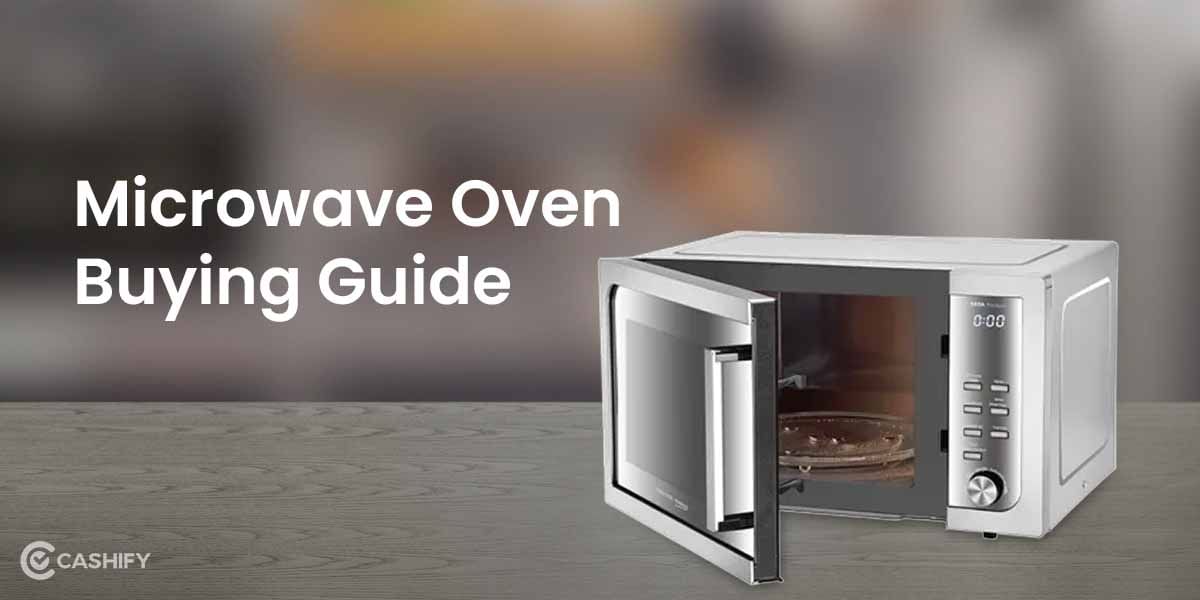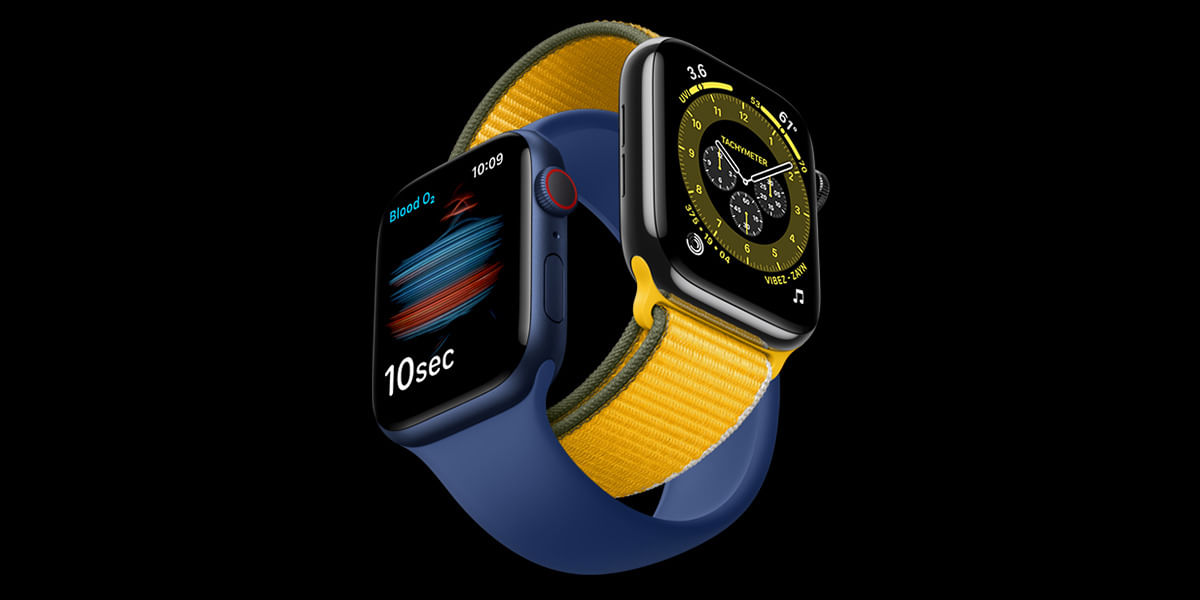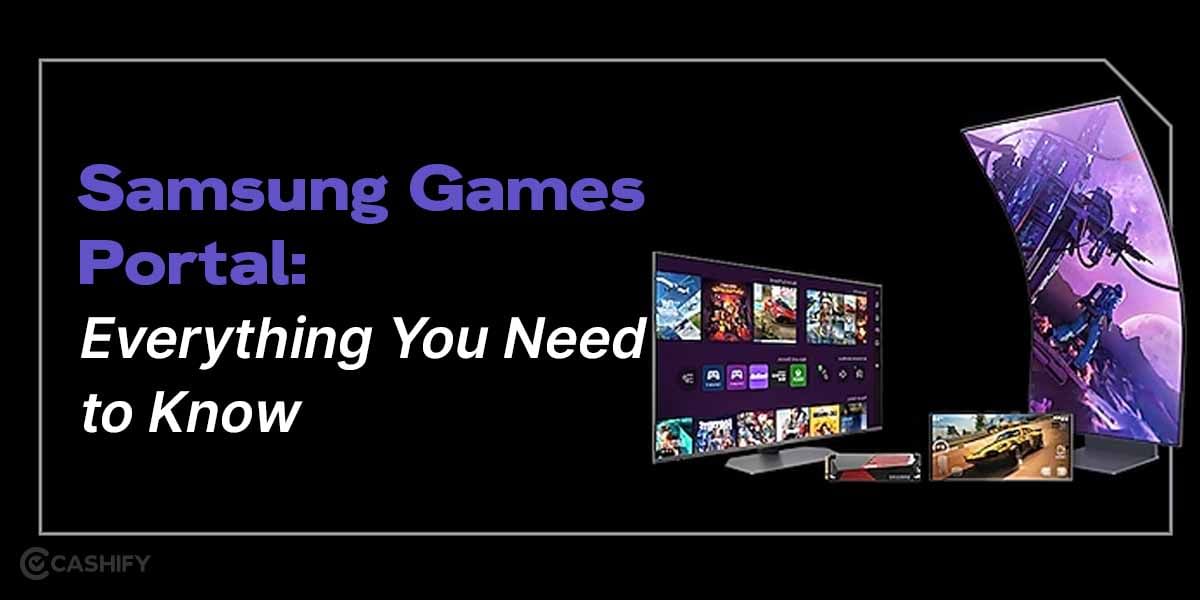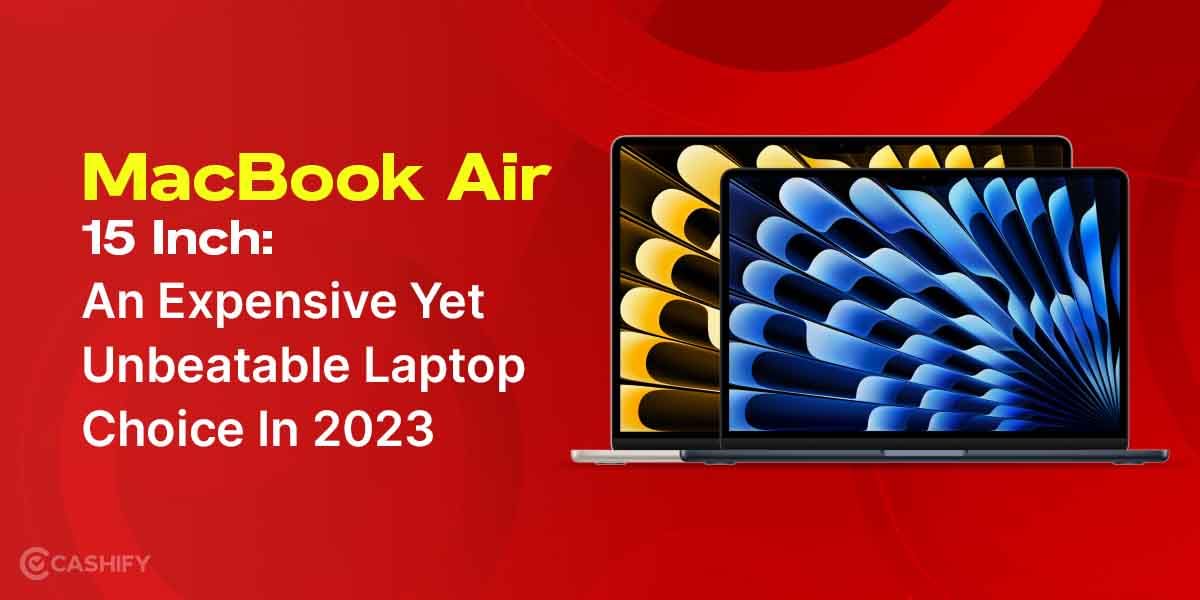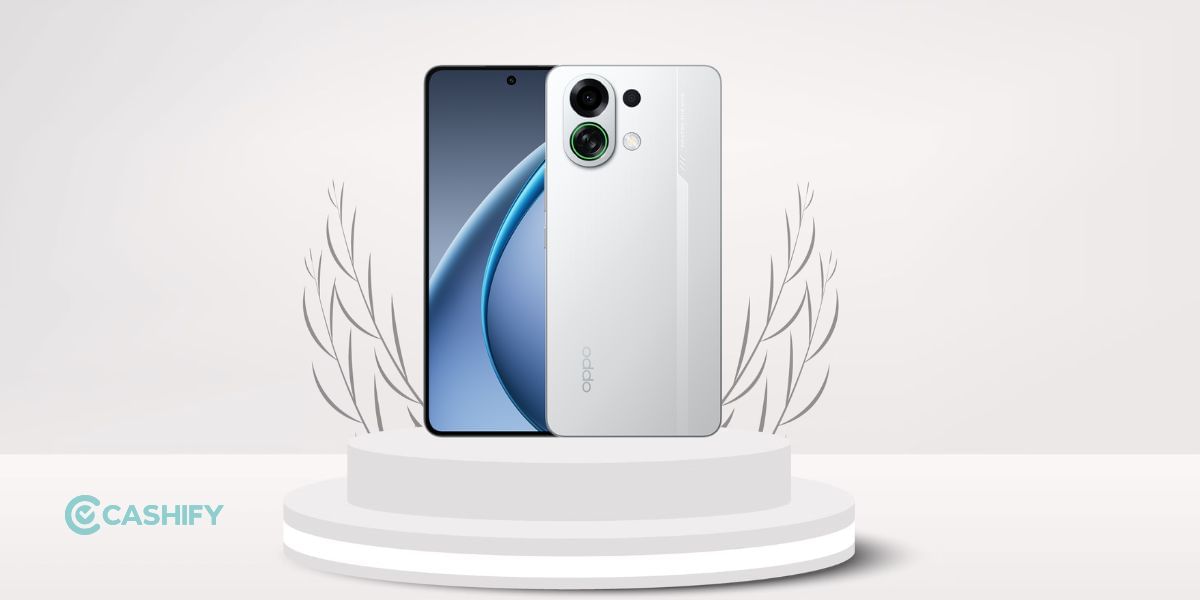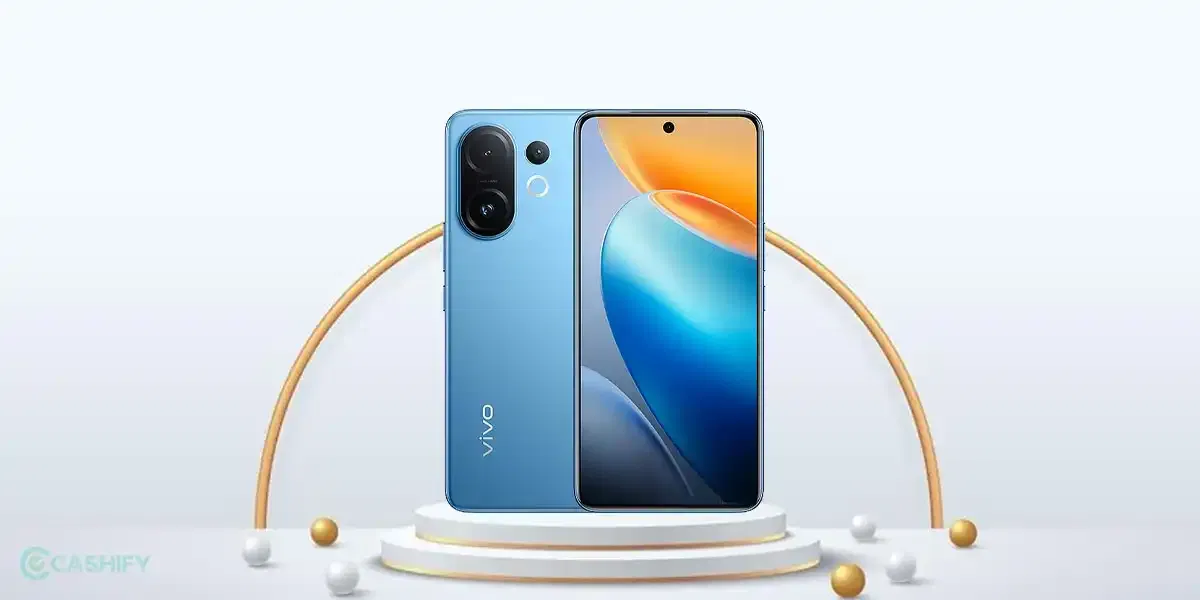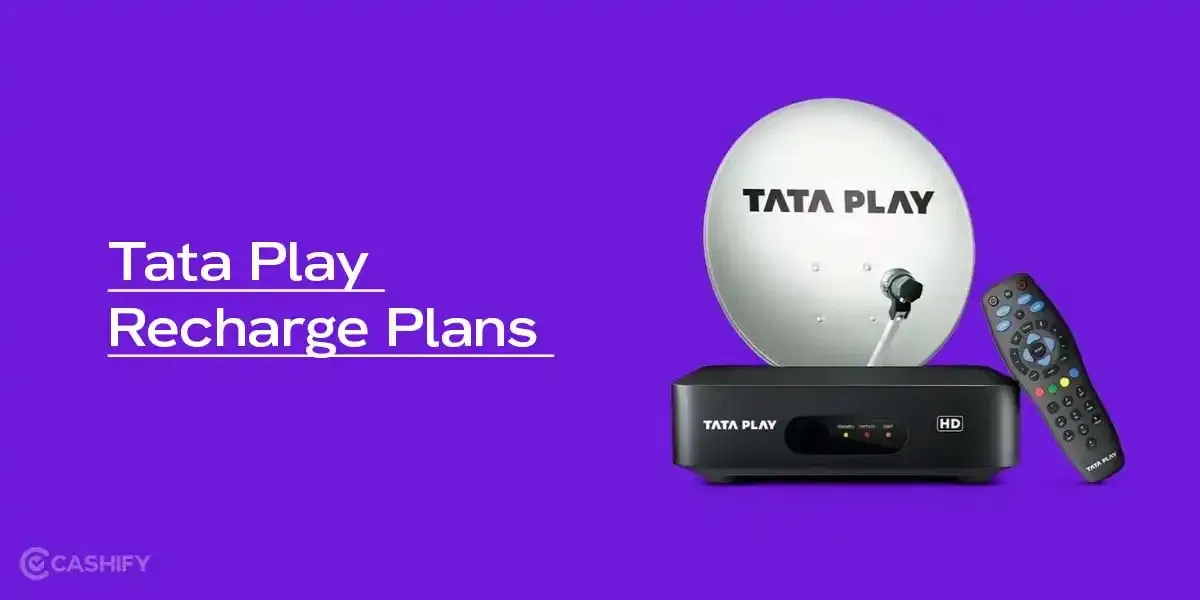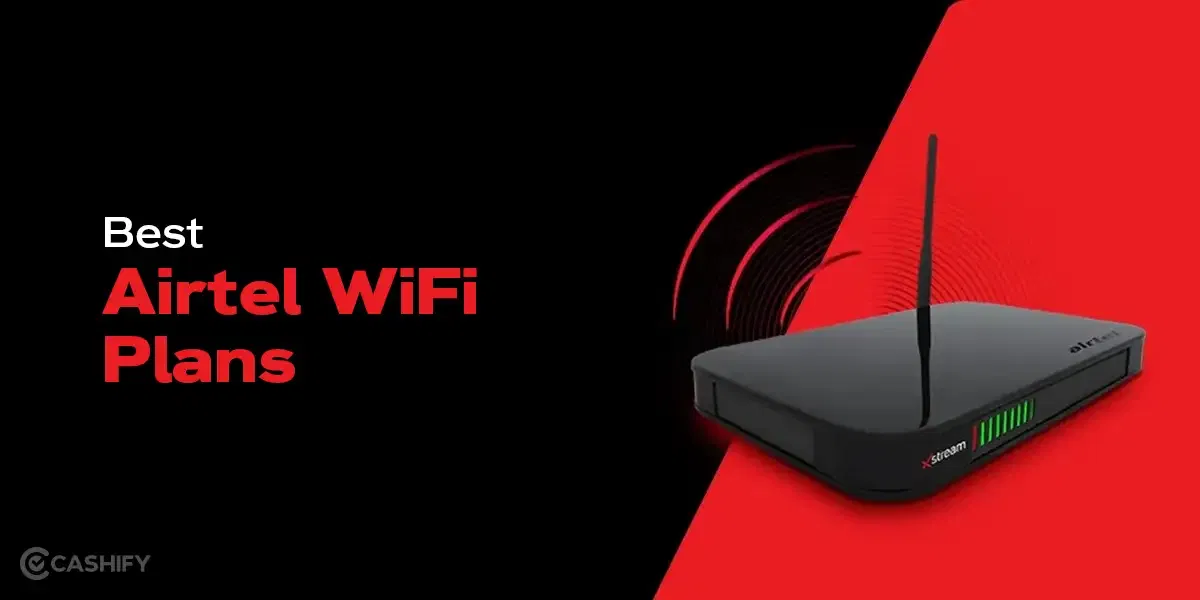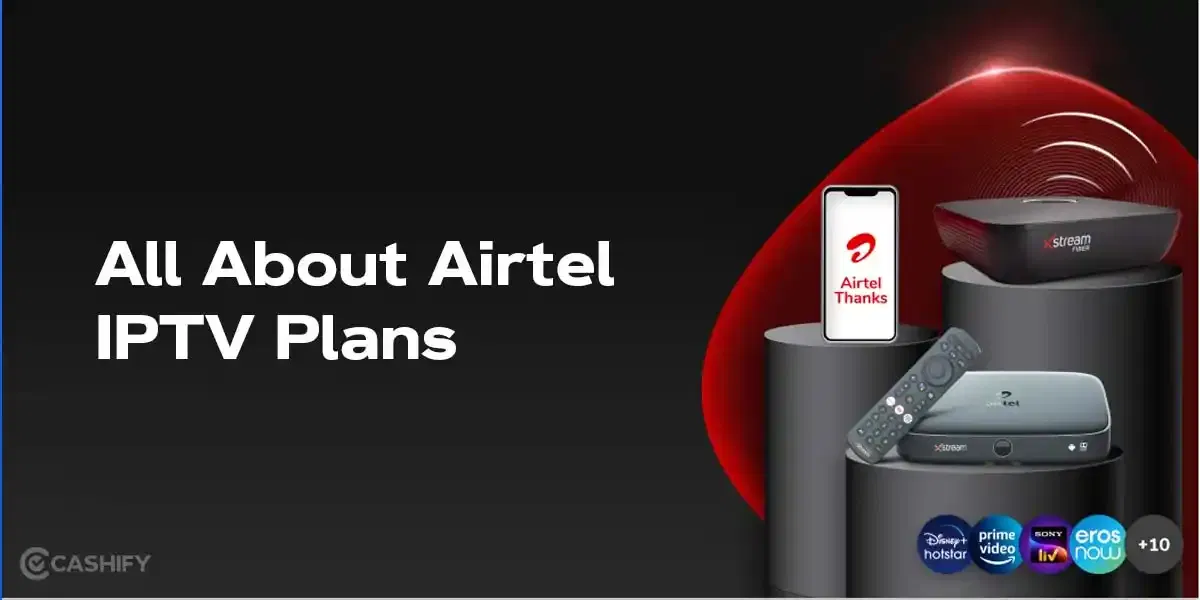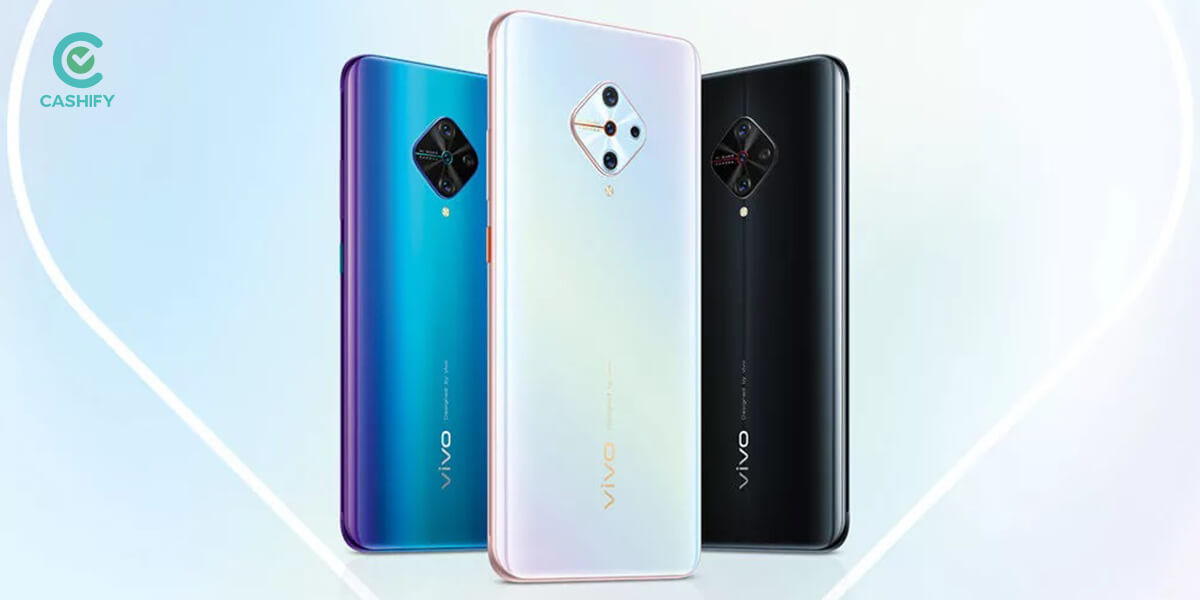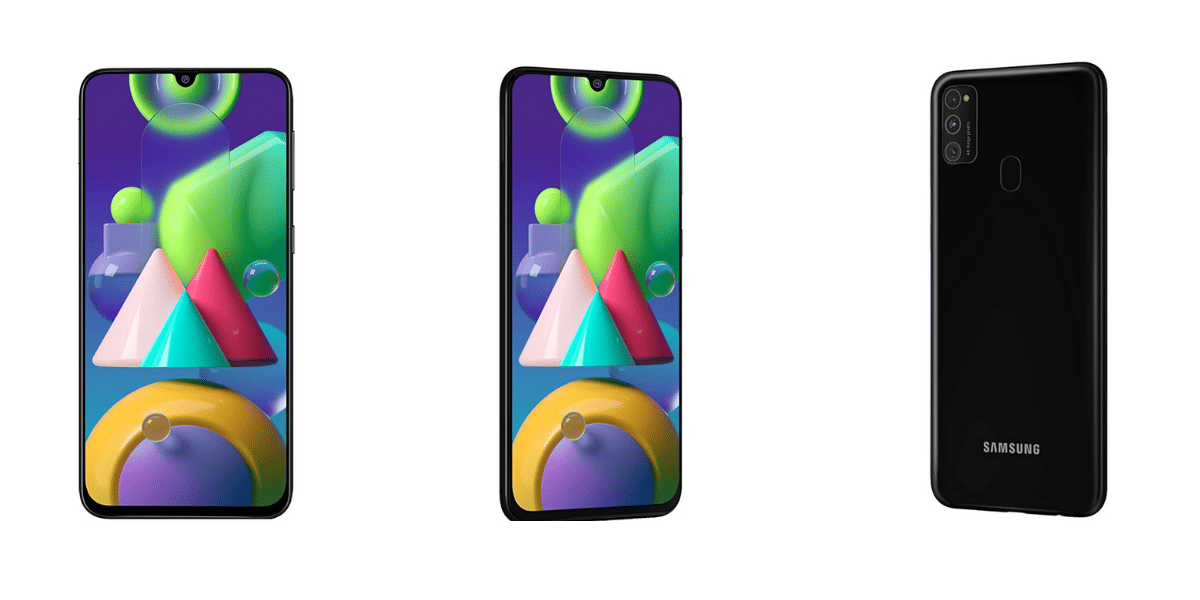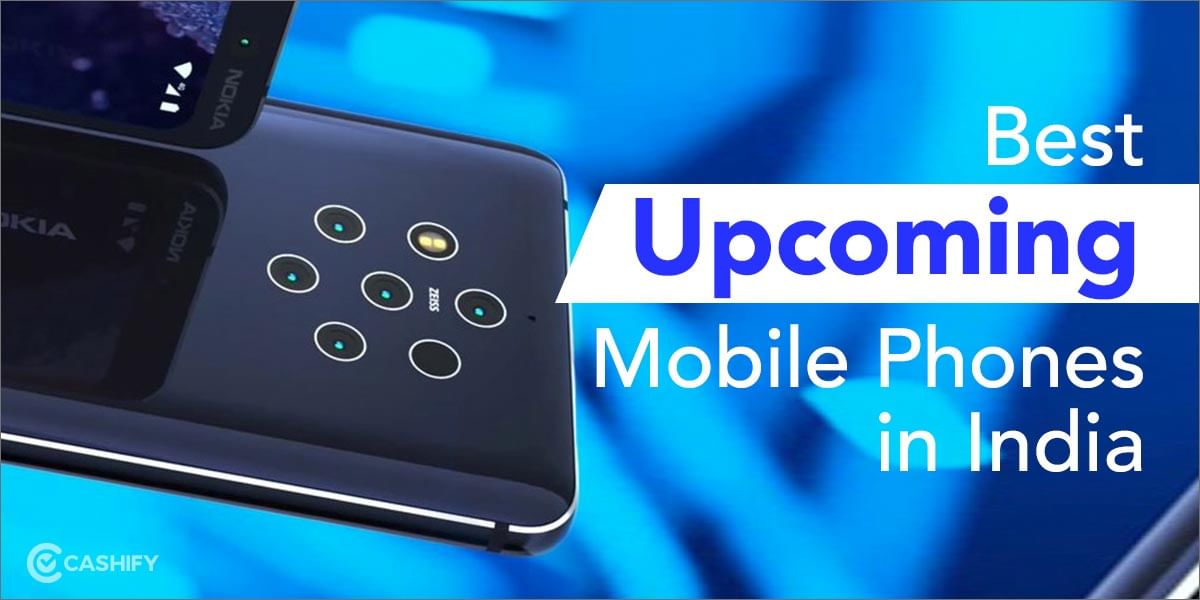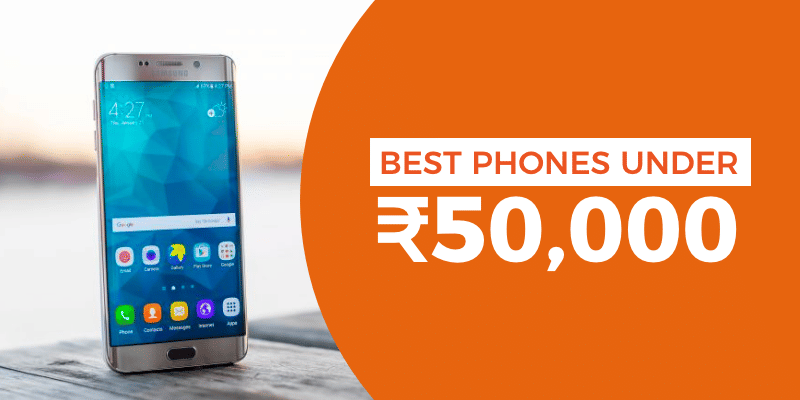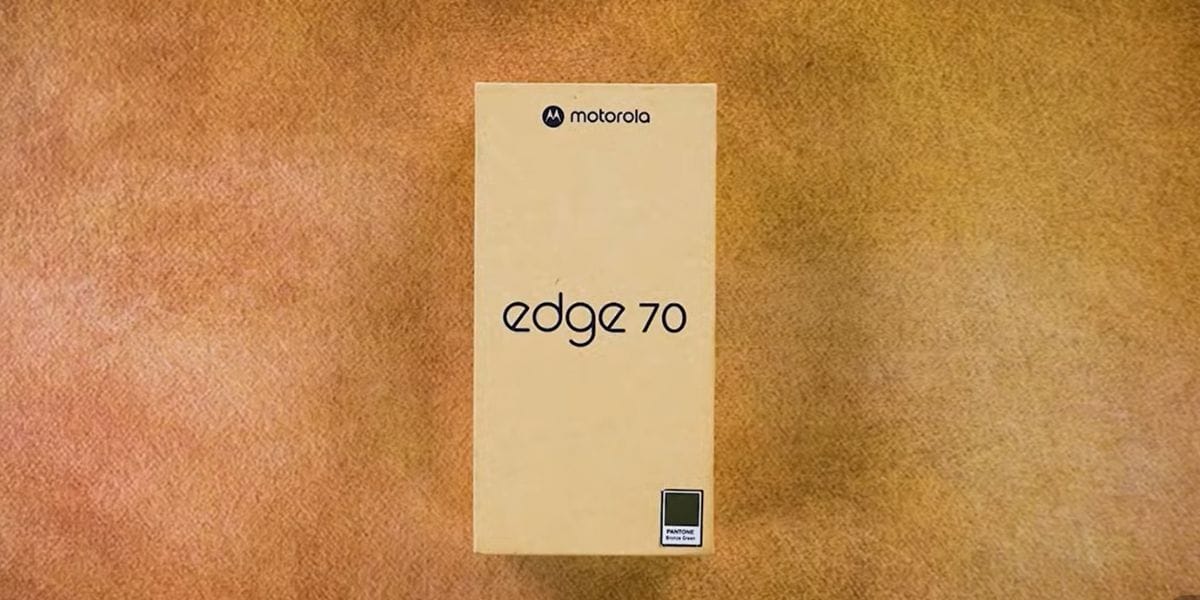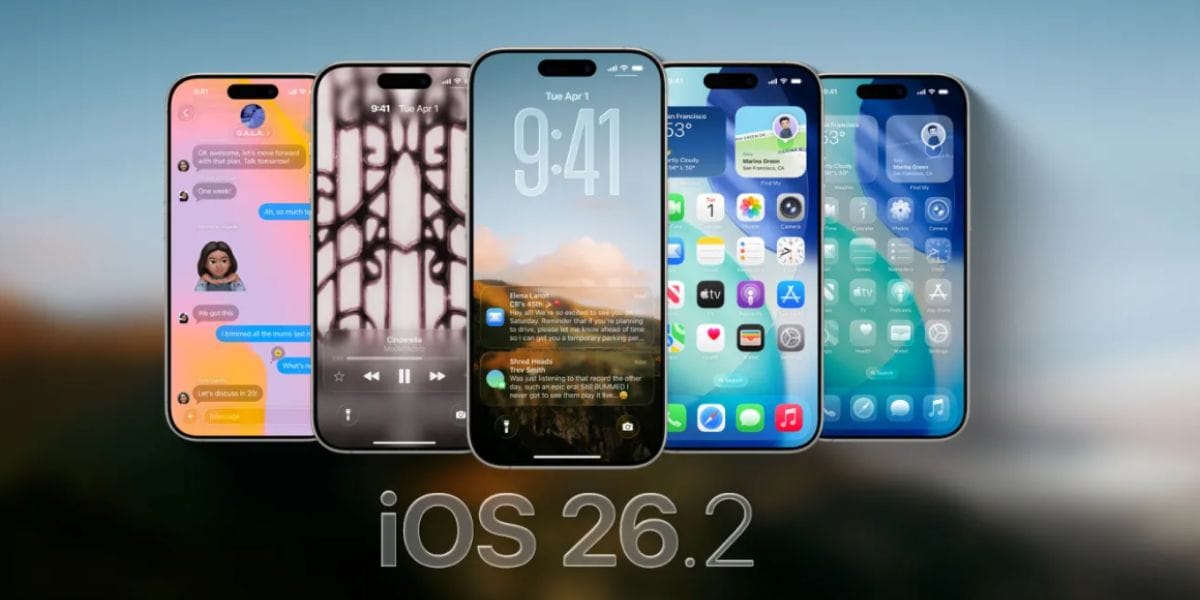You finally decided to get a drone camera which is excellent for aerial and bird’s eye view. As said, these shots are simply worlds apart compared to any smartphone or DSLR camera you can use to snag a shot. Now, since you have finally decided to go ahead with buying a drone camera; this buying guide will take you on a journey from the types, sizes, features, batteries, and everything you need to know about drone cameras.
Drone Camera Buying Guide
Types of Drone Cameras
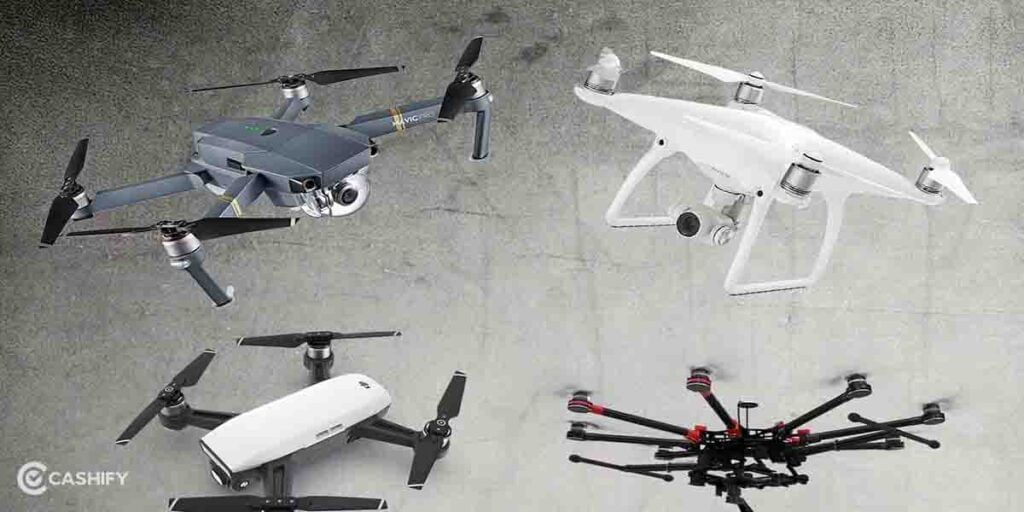
Irrespective of the size that we will talk about in the later part, drone cameras are of four major types dubbed as RTF, BNF, PNP, and ARF. Let’s see what these abbreviations stand for in the drone’s lingo.
- RTF
RTF or Ready-to-Fly drones are the easiest to set up as it comes with everything you need in a small box as a beginner. Although it requires a bit of assembly such as attaching rotor blades, it is still fairly easy to assemble and use. It also makes it a bit expensive price-wise.
- BNF
BNF or Bind and Fly is the usual drone but without a transmitter onboard. The idea is, if you already have a drone and want to upgrade to something, a BNF drone will be a perfect choice as all you have to do is attach the existing transmitter to the new drone and that’s it. If you don’t have a transmitter, then you will have to figure out the protocol if a new one will work with your BNF drone or not, and so on.
- PNP
PNP or Plug and Play (also called Plug and Fly) are drones that don’t have a transmitter or receiver. It is for those trained pilots who have both the components needed since all you get is a drone and that’s all. You will have to take care of the assembly of both transmitter and receiver which means PNP is pretty much a namesake.
- ARF
ARF or Almost Ready To Fly is another breed of drone that is available for skilled pilots as it requires both assembly and a high degree of customization. These are made for ultra blazing speeds which means you need some training before holding one as you might crash it in the first go.
- FPV
FPV or First Person Video drone cameras are those that capture the footage of the scene and transmit it directly on a smartphone or a VR headset. It shows the footage in first-person perspective since you are seeing what the drone camera is viewing.
Drone Sizes & Permits
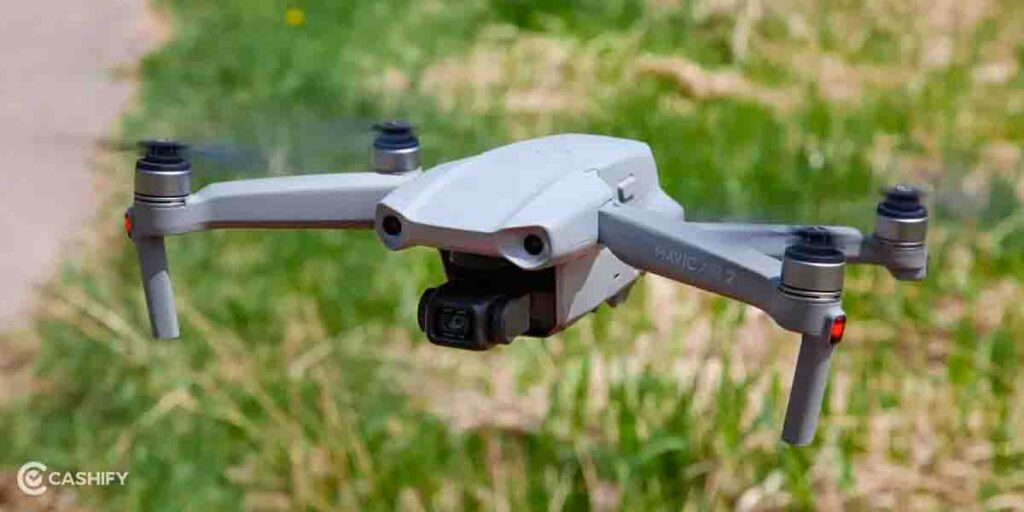
Drone shots look amazing when you view them on YouTube or other platforms. However, when it comes to buying your own, you need to know a lot of details before you can get your hands on one. In India, depending on the size of the drone, you will be liable for permits and licenses.
Nano Drones
The first category is for drones that weigh up to 250gm which are classified as ‘Nano’ UAS or Unmanned Aircraft System. They are subject to UAS Rules 2021 according to the same, users with nano drones don’t require any license or permit to operate.
Micro and Small Drones
Next, we have Micro and Small drones that respectively have weighing limits between 250gm to 2Kg (Micro) and 2kg to 25kg (Small). As per DGCA, the Pilots (the buyer who flies the drone is called a pilot in drone lingo) must have a UAS Operator Permit-I (UAOP-I) for flying these drones.
Apart from the permit, they have followed the SOP obtained by the DGCA. The pilots are allowed to use these drones limited by the visual line of sight and without any payload (carry-on or add-on).
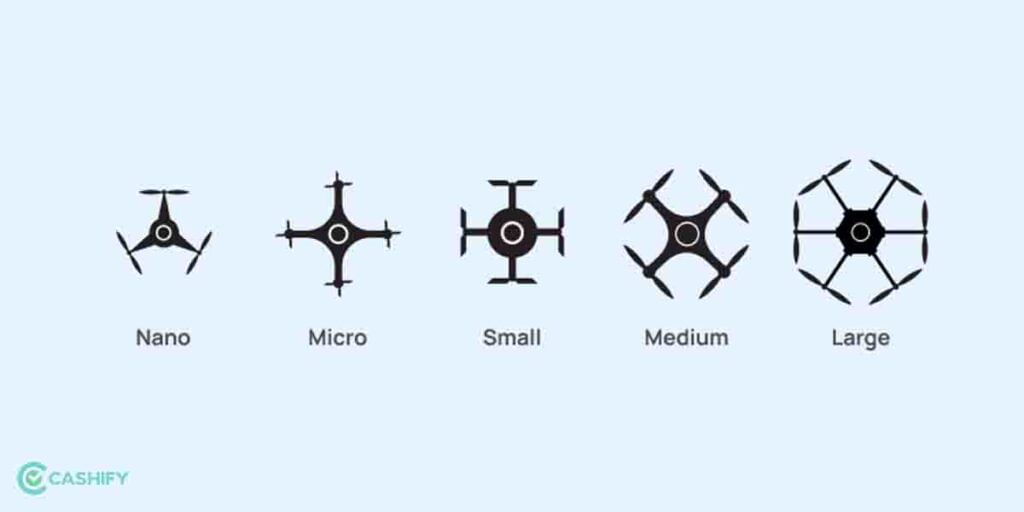
Medium and Large Drones
Then we have Medium Drones weighing between 25kg to 150Kg and Large Drones weighing above 250Kg that require UAS Operator Permit-II (UAOP-II) from DGCA. Here, the DGCA which oversees the airspace administration in India requires all pilots to adhere to the rules and regulations proposed in the USAR 2021.
The pilots cannot fly these drones in closed spaces and they must take prior clearance from both the Air Traffic Control and Air Defence Control before operating the same. They must have a Safety Management System (SMS) implemented to safe operations. The UAOP-II permits pilots to carry both standard and dangerous rules as well under the Carriage of Dangerous Goods Rules, 2003.
With a valid UAOP-II permit, pilots can carry on with Micro and Small drones too although they must be cleared from DGCA first. Note that both of these permits are valid for a max of ten years and must be renewed.
Also Read: 5 Best Mini Drone Cameras To Buy
Pricing in India
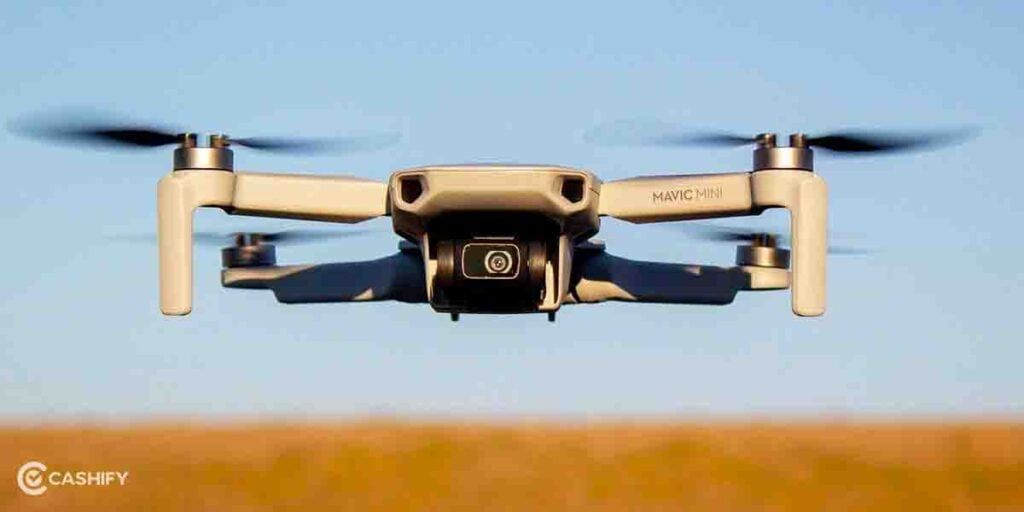
Drones can be extremely cheap or cost you a tonne, say north of Rs 1,00,000 in India depending upon what sort of features you want in a drone camera. DJI Mini SE Fly More Combo is available on Amazon at Rs 74,999. A Syma X5SW Axis Gyro RC Headless is available at Rs 10,000 in the country with 7 minutes of flight time and 50m range. As mentioned, depending on how much you are willing to pay, the pricing will widely differ.
Features To Look Out For In Drone Cameras
Let’s take a deeper dive into the features that you should be looking out for when it comes to drone cameras in India.
Battery Life
You are using a drone camera for photography and videography be it for scenic or cinematic or other shots. The battery pack mounted on a drone camera is an important factor since you have to make your decision based on the battery pack available as it affects flight time directly. You will find some drones with a feeble 10 to 15 minutes battery life while some will go for 30 minutes or even more and here, more is better. Battery life, flying time, and range go hand-in-hand which you can read in their respective sections below.
Additionally, some drones arrive with replaceable batteries that you can simply swap and use the drone for a longer duration. There are some models with rechargeable batteries which as said, require charging between every cycle to keep it afloat. For instance, the Tello has a 1100mAh battery while you get a 3850 mAh battery onboard Mavic 2 Pro.
Flying Range
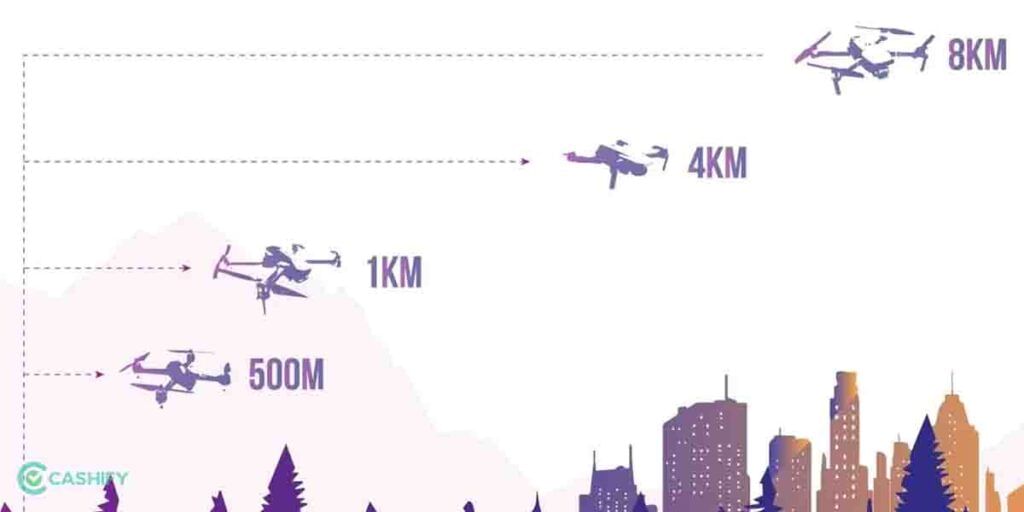
Call it range or operating range, this is the range or how far you can operate a drone. Some professional camera drones have a 7 to 12km range which is how far you can fly horizontally. These are mainly used for surveys and extremely vivid aerial shots. However, do keep the visuals in sight requirements of the respective region in mind before flying the drones to greater distances.
On the other hand, most of the drones that photographers use come with a range of 400m to 3km. Finally, we have toy drones that have a 50 to 100m range. You have a wide range of drones that ply in different operating ranges that suits your bill. As mentioned in the “Battery Life” section, there’s a correlation between battery life, flying time, and flying range.
Flying Time
Although the flying range and the battery life give you a clear idea of how much time a drone will fly, the more the merrier. Some of the best drones available in the market have 30 to 40 minutes or even more of flying a great time. Most drones have a flying time between 8 to 10 minutes although you will have to keep the battery charged repeatedly to get the best shots.
Camera
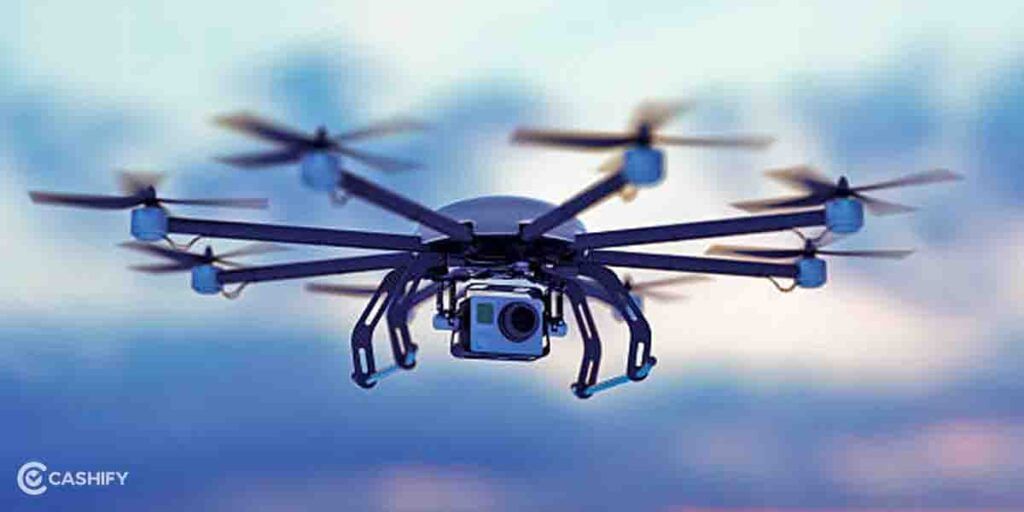
Since we are talking about drone cameras, the latter is probably one of the crucial aspects to look out for. The drone cameras with the video resolution and megapixels ultimately win the race. Now you have a choice to either get a drone with a built-in camera or mount one of your own which is tailor-made to your specifications. Having a camera rigged onto a drone will surely increase its weight and decrease flight time. At the end of the day, it’s about superb photography that you will be able to catch from a decent height.
Of course, you will have to take care of the camera’s megapixels, aperture, frame rate, and shutter speed and it should have image stabilization.
Also Read: 5 Best DJI Drone Cameras You Can Buy
Gimbal Support
Having a 3-axis motor gimbal support makes up for a great picture as it lets you take highly-stabilized videos controlling the yaw, pitch, and roll motions. Without gimbal support, you can expect the videos to have a shakiness to them which compounds if in case the drone faces severe conditions.
GPS
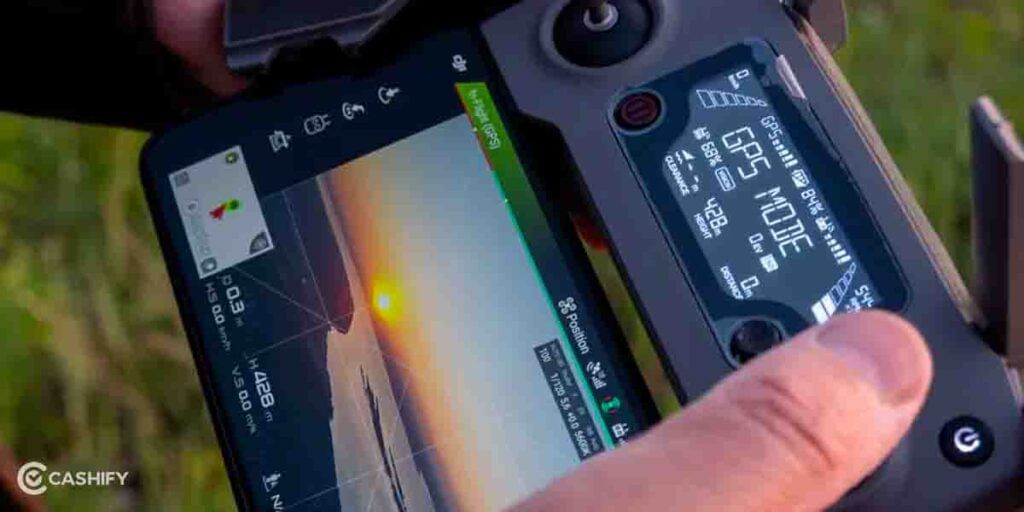
Drones with built-in GPS functionality helps you in many ways and are a bit expensive. It improves stability, navigational skills, lets you find areas covered in case you are surveying and more. There’s a return-to-home (RTH) feature where the drone would return to a safer landing place when it is unable to contact the controller or meets certain conditions.
Quality of the Material
There’s no denying that if you are purchasing a drone and ready to shell out a few extra bucks, get your hands on those made of quality materials that can withstand forces and will work for a longer duration. Plastic is cheaper but comes with its pros and cons whereas carbon fibre and fibreglass are much more resilient and durable yet expensive. There are aluminium drones too that are lightweight but susceptible to damage heavily if it comes across accidents.
Availability of spare parts
Your drone is an electronic device flying a few hundred feet above the ground. It faces a lot of obstacles and in case it crashes and drops down, you can expect partial or full damage. In such cases, having an availability of spare parts can make and break a deal. Some of the spare parts you would often come across as a drone owner are battery sets, propeller sets, gear shaft sets, and gear skids, among others.
Always prefer a well-known brand like DJI instead of many cheaper alternatives available. This is because you can always get your hands on spare parts for DJI drones anywhere in the world. But for other not-so-popular brands, you might never get access to spare parts.
Ability to withstand harsh weather
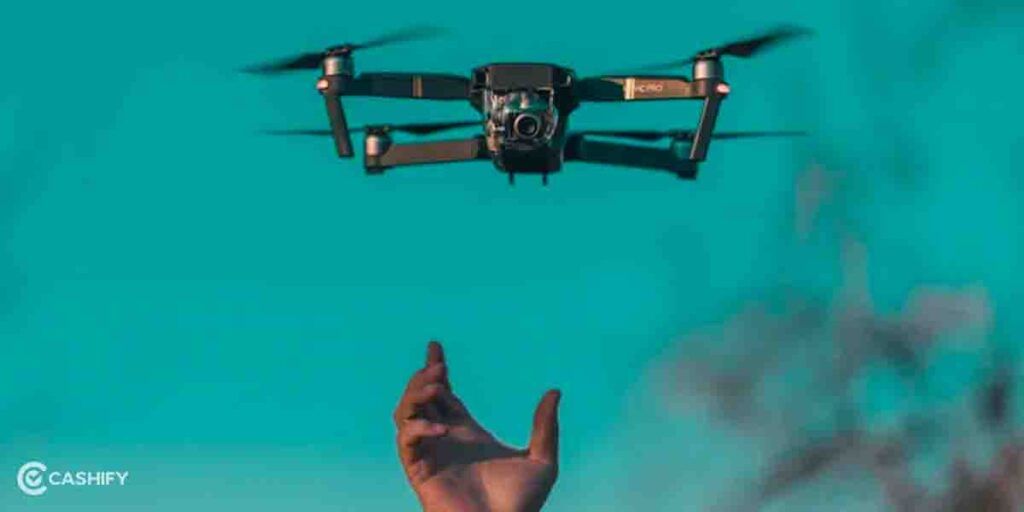
As you go to higher altitude, the wind pattern changes and this may knock your drone out of its path especially if there are harsh weather conditions. Drones that are made to withstand water, wind, and harsh weather are expensive but if you are planning to use them in such weather conditions, it will eventually pay off. Some of the drones can withstand wind speeds of up to 30mph giving them much higher durability than the ones which cannot withstand such wind speeds.
Also Read: How To Fix Water Clogging Issues On Smartphone Speakers
Rules You Need To Follow While Flying Drones in India
Fly or No Fly Rules
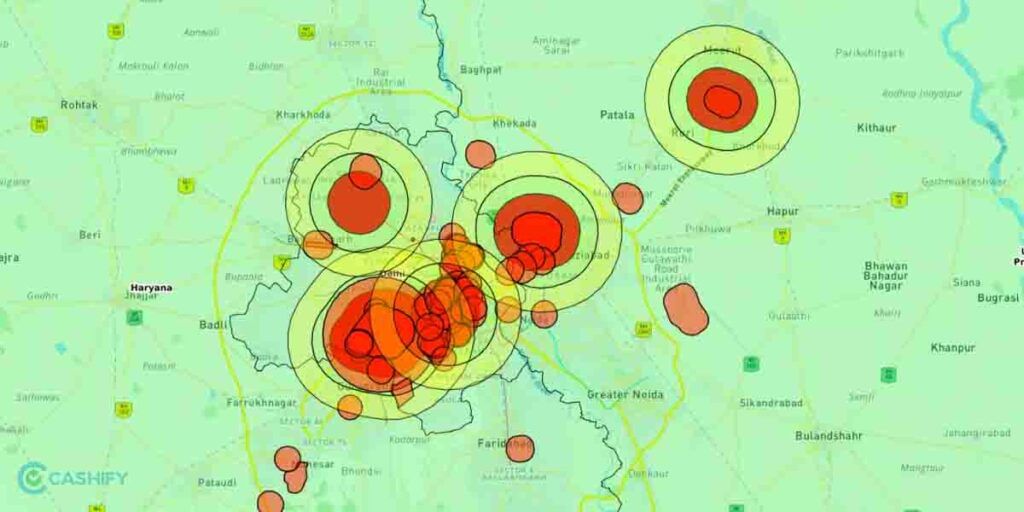
DCGA among other government entities has guidelines on where you can fly a drone and where not. You can’t fly a drone within five miles of an airport. There are some “No Fly Zones” in India where you can’t fly such as international borders, military installations, Vijay Chowk in Delhi, State Secretariat Complex in State Capitals, and other strategic locations. If you are flying a drone in controlled airspace, you must file a flight plan and obtain Flight Information Centre (FIC) and/or Air Defense Clearance (ADC) number among others.
You can fly a drone under 400 feet only as per the government’s guidelines. Apart from that, you can’t fly drones over national parks and government facilities as well. Additionally, you must fly a drone in a clear visual line of sight at all times.
License
The next thing you will need is a license without one, you can’t fly a UAS. In India, there are two types of licenses, and based on them, your permit will be issued. The Student Remote Pilot License is issued for people aged between 18 to 65 years for commercial use and is valid for five years. The Remote Pilot License is issued by DGCA for trained pilots and it is valid for 10 years.
Must-Have Requirements in India
Note that if you are flying a drone in India, there are a few things that it must have as a mandate. It should have GPD, Return-to-home (RTH) functionality, ID plate, anti-collision light, RF ID, SIM/No Permission No TakeOff (NPNT), and Flight Controller with the capability to log flight data.
Also Read: DSLR Camera Buying Guide




